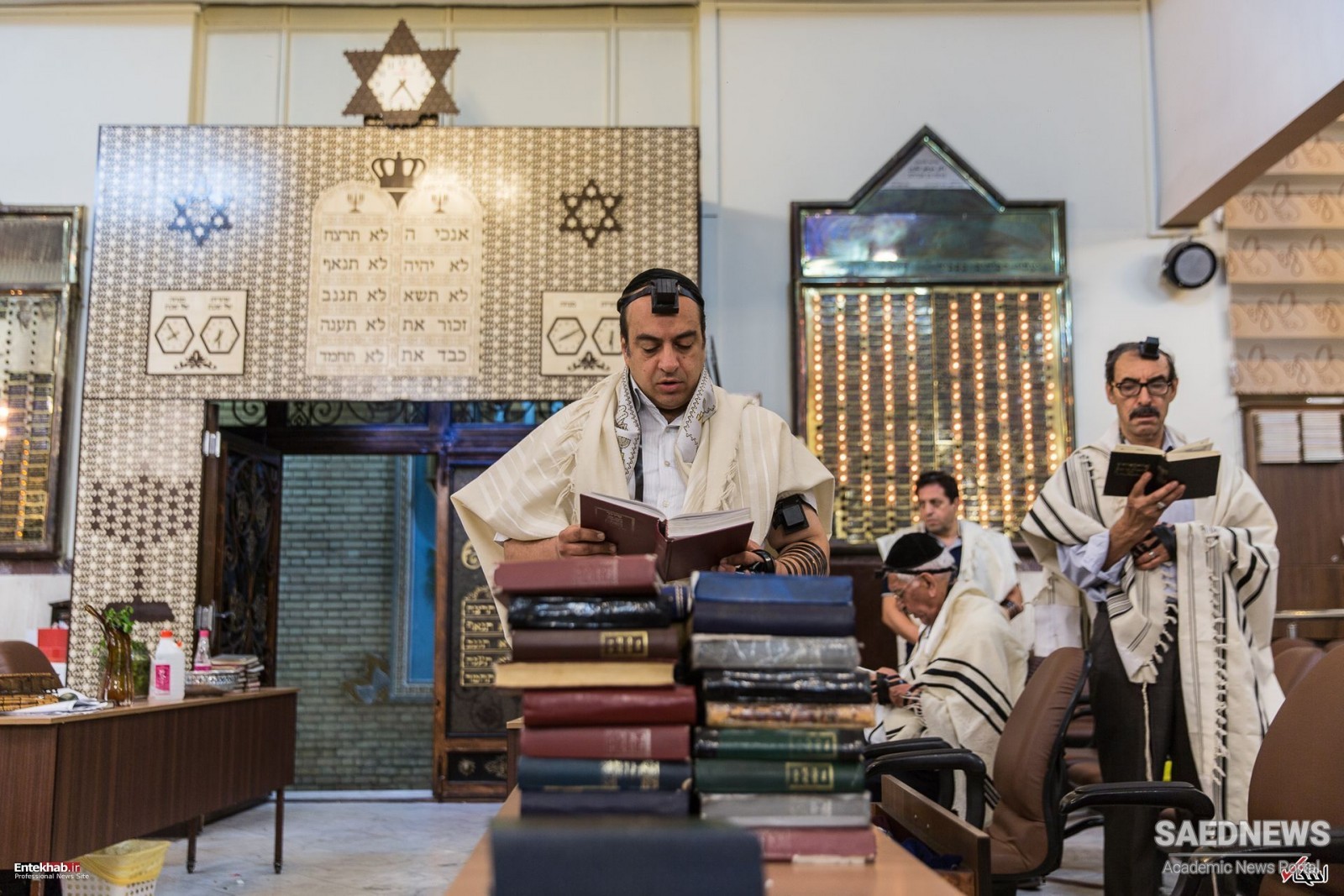But their presence had been waning rapidly and they were being marginalized. The Mongol invasion gave them fresh impetus. The Christians had numerous co-religionists among the Mongols, including queens and military generals. This factor prompted them to support the Mongols, the majority of whom were Shamanist or Buddhist, against the Muslim establishment.
The Jews were another group capable of winning the Mongols’ confidence. Admittedly they had no powerful supporters, but their disaffection toward the Muslim majority and their medical and administrative skills opened the door of the Mongol court to their community. Their efficiency procured them even higher positions than Christians: two Jewish men, Sa'd al-Dawla and Rashid al-Din were made Sahib al-Diwan or Grand Vizier. By contrast, the Zoroastrians did not attain any high state positions. Under the Muslim domination their community had been weakened to such an extent that they were not able to reemerge at the political level. However, they benefited from the Mongol rule at the social level, as like other non-Muslims they were freed from the Islamic restrictions and, by the same token, exempted from the jizya.
At the cultural level, however, all the non-Muslim communities were stimulated by the Mongols’ arrival and made important contributions to the newly regenerated Persian culture. Even Zoroastrians, who had kept themselves politically isolated, experienced a ‘literary renaissance’. The Jews at this time were becoming reintegrated into Persian culture, and one of their apostates (Rashid al-Din) even contributed to the flourishing of the Persian language. The Jews’ decision to write their literature in Classical Persian coincided with the expansion of the Persian culture and language in the non-Arab Islamic world.
The Christians were the non-Muslimcommunity who introduced the most exoticism into Persian culture. Nestorian Turks and Mongols coming from the East and accompanying their Nestorian comrades to the West certainly brought many new ideas, and opened Iran to European and Chinese art and science. As intermediaries between Iran and other nations, they were able to enhance their image and position inside the country. At the same time the Christians contributed to the reestablishment of diplomatic relations between Persia and Europe, which according to Boyle were ruptured by the Arab invasion.
However, the rivalries between Christians, the intrigues and litigations between Jews, and the religious liberalism of the Mongols, who allowed the Muslims to continue professing their religion freely, made the non-Muslim communities extremely vulnerable. The Shamanist and Buddhist Mongols, unlike the Jews and the Zoroastrians, had no religion attached to their ethnicity, and therefore they were not only religiously tolerant, but even open to proselytization. This in the long run was detrimental to the Christians, who had not been able to convert the Mongols, and lost the rulers of their country to the Muslims, who were more successful.
The short domination of the government by Christians had provoked the Muslims, to whom they had not been always benevolent. On the conversion of the Il-Khans to Islam, the Christians had to pay dearly for having dreamt of a Nestorian kingdom. They were henceforth held in suspicion by the Muslims, who a century earlier had deemed them as the most trustworthy of their compatriots.
Furthermore, the 14th century marked the last wave of Islamification in Central Asia, which commenced under the influence of Tarmashirin in the Khanate of Chaghatai. A few decades earlier, European travellers had testified that Christianity was still flourishing in Samarqand and Merv, but the conversion of the Mongols precipitated the closure of many dioceses. Awdisho of Nisibis is the last ecclesiastic to mention the metropolitans of Rayy, Merv and Nishapur in 1316. Christianity vanished also from Nihavand after the 13th century. In 1339, Mustawfi Qazwini alluded to an old church (and also a fire temple) on the outskirts of Herat, between the fire temple of Sirishk and the town. The text in Persian is already written in the past tense.


 Iranian Jews and Cultural Use of Persian Language
Iranian Jews and Cultural Use of Persian Language














































